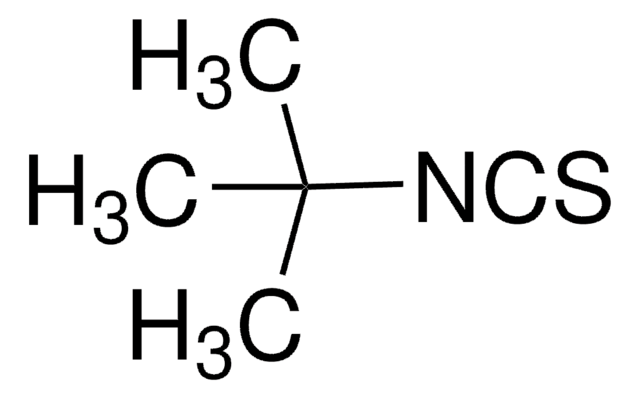215007
Diisobutylaluminum hydride solution
1.0 M in toluene
Synonyme(s) :
DIBAL, DIBAL-H
About This Item
Produits recommandés
Forme
liquid
Niveau de qualité
Pertinence de la réaction
reagent type: reductant
Concentration
1.0 M in toluene
Densité
0.858 g/mL at 25 °C
Chaîne SMILES
CC(C)C[AlH]CC(C)C
InChI
1S/2C4H9.Al.H/c2*1-4(2)3;;/h2*4H,1H2,2-3H3;;
Clé InChI
AZWXAPCAJCYGIA-UHFFFAOYSA-N
Vous recherchez des produits similaires ? Visite Guide de comparaison des produits
Application
Conditionnement
Informations légales
Mention d'avertissement
Danger
Mentions de danger
Classification des risques
Aquatic Chronic 3 - Asp. Tox. 1 - Eye Dam. 1 - Flam. Liq. 2 - Pyr. Liq. 1 - Repr. 2 - Skin Corr. 1B - STOT RE 2 Inhalation - STOT SE 3 - Water-react 1
Organes cibles
Central nervous system
Risques supp
Code de la classe de stockage
4.2 - Pyrophoric and self-heating hazardous materials
Classe de danger pour l'eau (WGK)
WGK 3
Point d'éclair (°F)
39.2 °F - closed cup
Point d'éclair (°C)
4 °C - closed cup
Faites votre choix parmi les versions les plus récentes :
Déjà en possession de ce produit ?
Retrouvez la documentation relative aux produits que vous avez récemment achetés dans la Bibliothèque de documents.
Les clients ont également consulté
Notre équipe de scientifiques dispose d'une expérience dans tous les secteurs de la recherche, notamment en sciences de la vie, science des matériaux, synthèse chimique, chromatographie, analyse et dans de nombreux autres domaines..
Contacter notre Service technique




